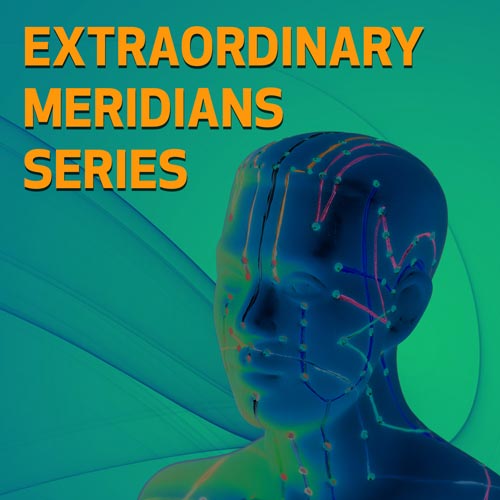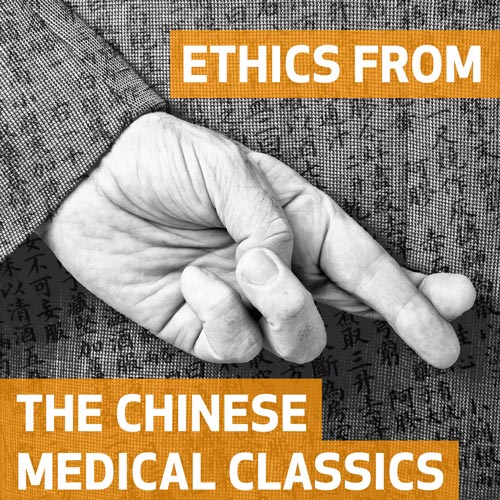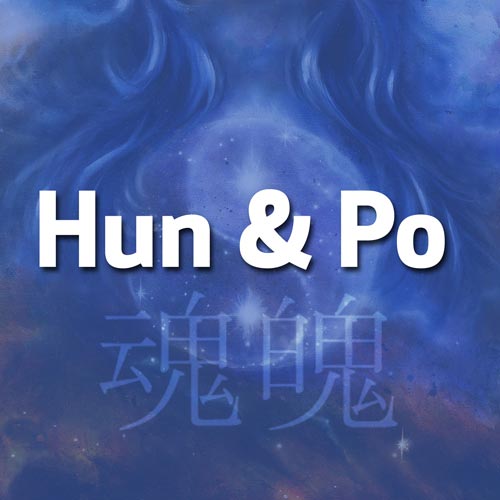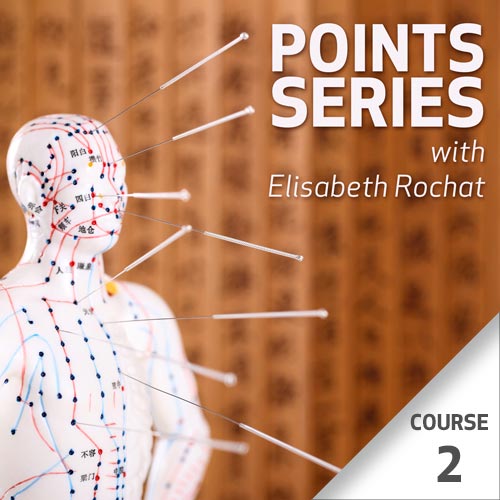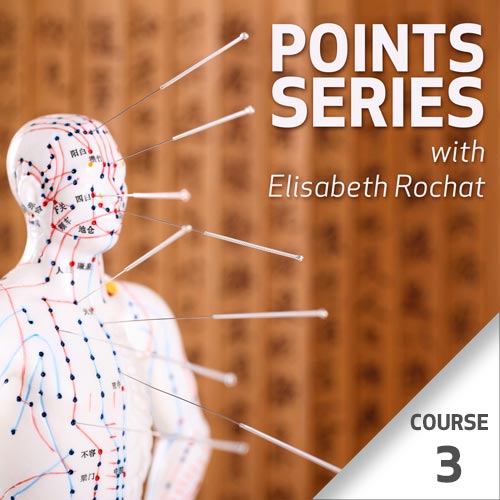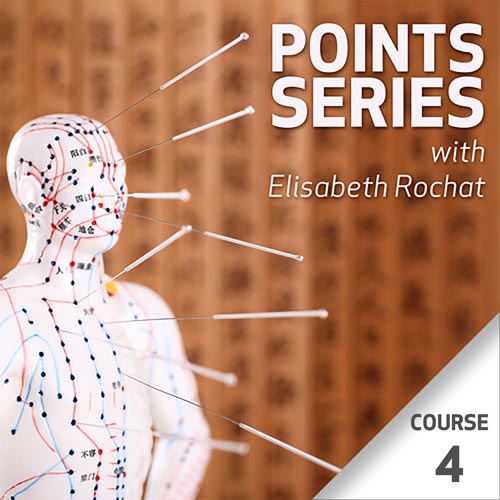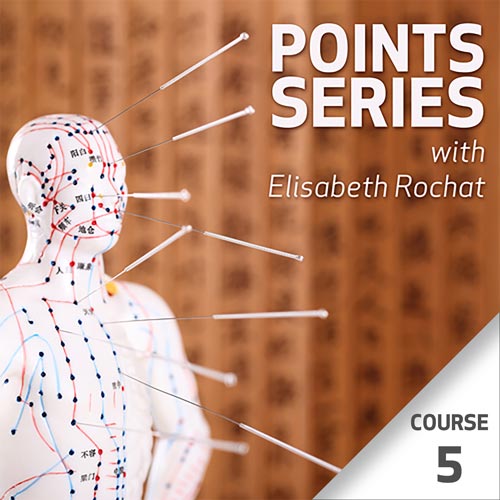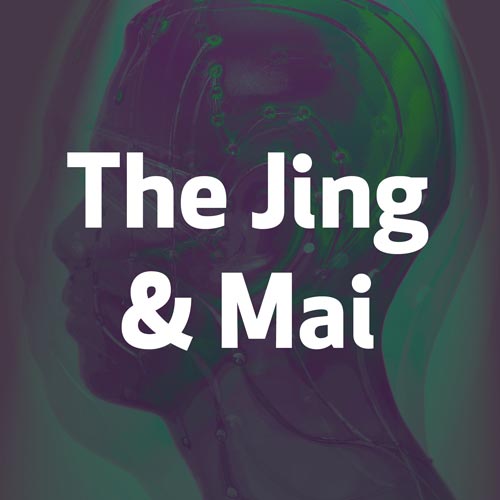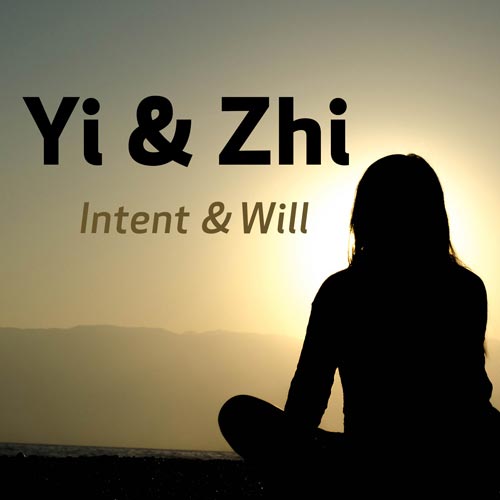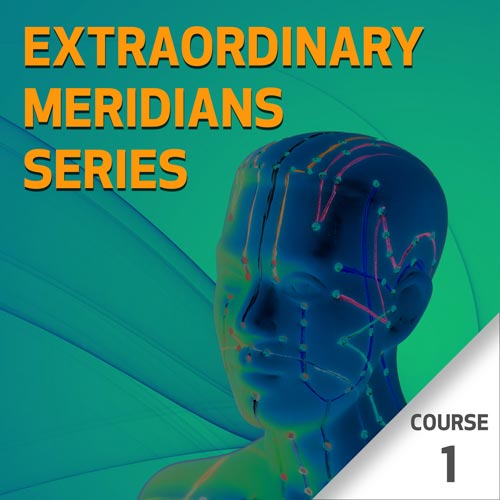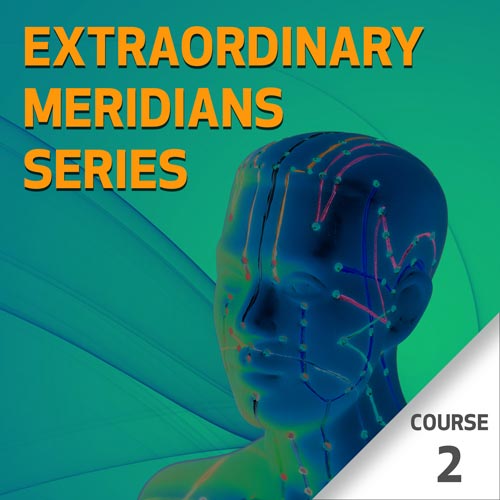The Symbolic Value of Numbers
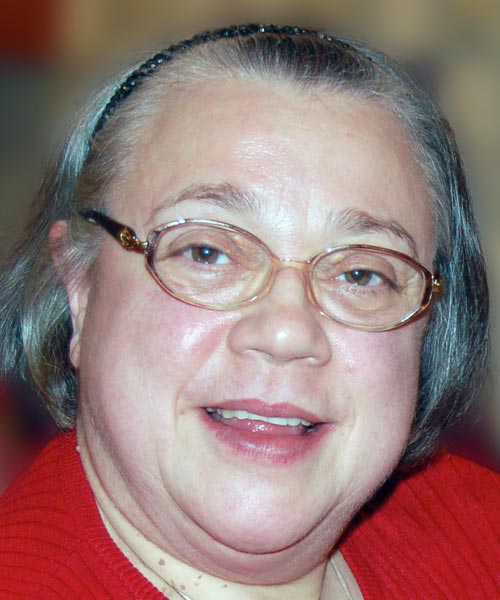
Born in Paris in 1949, Elisabeth Rochat de la Vallee studied philosophy, literature and classics at Paris University where she completed her Master's degree in Classics and in Philosophy, and then in Chinese.
Elisabeth met Claude Larre s.j. when she was 20, while he was working on his PhD thesis on the Huainanzi and translating the Laozi. As a result of his influence, she began to study Chinese, working with him on Chinese classical texts. Elisabeth also studied modern Chinese with a native speaker and spent a year in Taiwan (1974) to further her studies.
In the early 1970's, Father Larre met Dr. Jean Schatz, a western physician with an interest in oriental medicine He was an acupuncturist with a special interest for the classical medical texts. At this time, Elisabeth began to embark on her study of Chinese medicine, and together with Dr. Schatz and Father Larre, began the first study group of the classical medical texts in Paris. This lead to the founding of the European School of Acupuncture in Paris in 1976.
From this common work, Father Larre, Dr. Schatz and herself co-authored A Survey of Chinese Medicine, published in 1979. Under the auspices of the Ricci Institute in Paris, Father Larre and Elisabeth Rochat de la Vallee offered lectures, seminars and conferences on Chinese classical thought and in the mid 1980s, she began to accompany Father Larre on his teaching engagements in both the UK and US. Elisabeth Rochat de la Vallee also worked closely with Father Larre on the Grand Ricci dictionary, completing the first publication in 1999.
Elisabeth Rochat de la Vallee continues to teach worldwide, working with both medical and philosophical Classics. She has worked with wonderful individuals such as Sandra Hill for the editing and publication of books in English through Monkey Press, Peter Firebrace for teaching in London with Orientation; Ken and Jessica Rose in the US with whom she co-founded the Three Spring Institute, and many others in different countries and languages.
Elisabeth Rochat de la Vallee believes that the real knowledge of the Chinese vision of life is useful not only to understand Chinese medicine from a scholarly point of view, but also to deepen one’s practical approach and clinical skill. This is the reason why she always reads, translates and explains texts which present a precise pathology and its diagnosis treatment or a reflection on the nature and meaning of human life or anything in the between.
Recording
from April 13, 2020
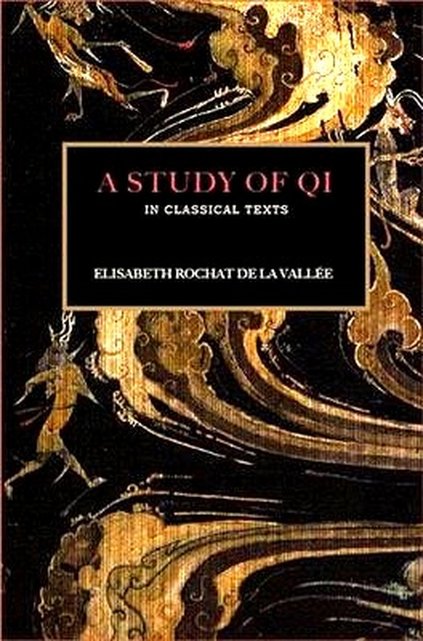
A Study of Qi in Classical Texts
This book is an edited transcript of two seminars given in 2004 in London by Elisabeth Rochat de la Vallée. It not only contains detailed descriptions of the various differentiated kinds of qi, but also a wide-ranging philosophical investigation and explanation of the origin and development of the concept of qi itself. It begins by looking at the historical evolution and use of the Chinese character for qi, and goes on to discuss how qi appears in philosophical texts such as the Zuozhuan, Zhuangzi, Mencius and the Huainanzi, and in the medical texts of the Neijing and Nanjing. These give context and depth to our understanding of this ever-present but elusive activity of life. ‘The qi is an expression of the natural order of life. The qi always precedes the form. There is no form if there is no qi.’ Elisabeth Rochat de la Vallée

Aspects of Spirit: Hun Po, Jing Shen, Yi Zhi in Classical Chinese Texts
In ‘Aspects of Spirit’ Elisabeth Rochat de la Vallée explores the concept of spirit and its relationship to the development of human consciousness through the classical Chinese literature. Beginning with a section on hun and po (the yin yang aspects of the human soul), moving on to jing shen (vital spirit), and concluding with yi and zhi (intent and will), each section examines the characters for each term, followed by examples of their usage in the classical philosophical texts and concludes with a study of their specific application within the medical texts of the Huangdi Neijing, Suwen and Lingshu. Because of her intimate knowledge of both the medical and philosophical texts of this period, Elisabeth Rochat de la Vallée is uniquely placed within the scholarship of classical Chinese medicine. We are very fortunate that she has brought the depth of her understanding and insight to this fascinating and often misunderstood subject. There has been much debate in recent years concerning the treatment of the spirit within Chinese medicine. This book establishes a firm grounding for that discussion, as well as providing inspiration for our own spiritual cultivation.
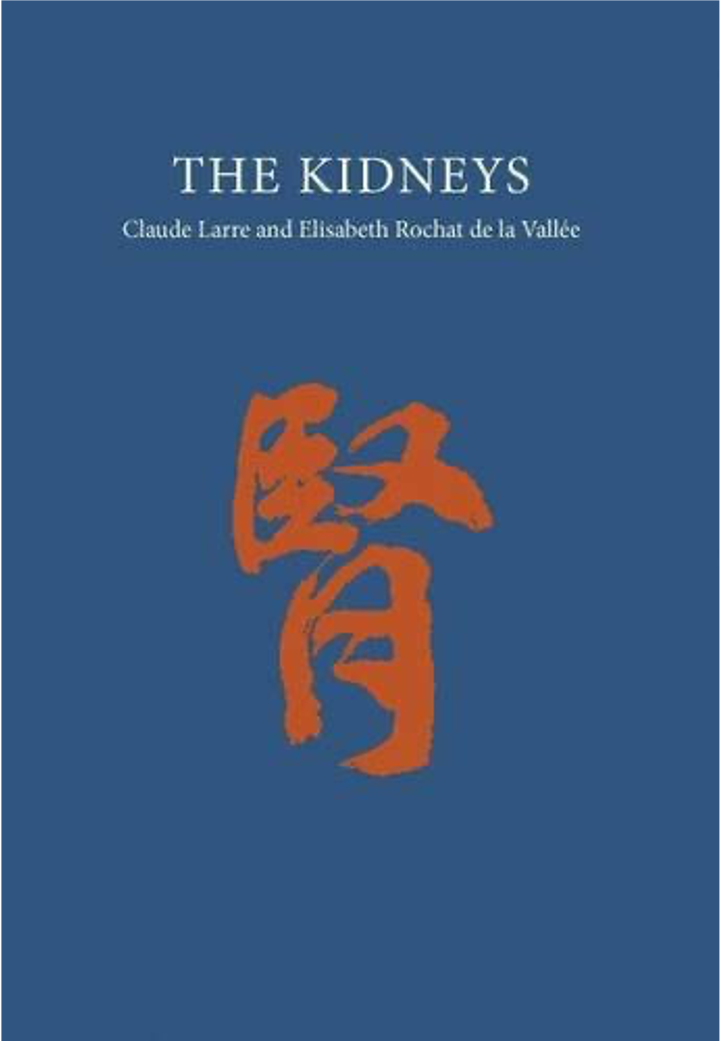
Chinese Medicine From The Classics: The Kidneys
The foundation stones of Chinese medicine are laid down in Huangdi neijing and its commentaries now spanning nearly two millenia. Translations of key chapters in the Nei jing with their own illuminating commentaries, this series is transcribed from seminars organised by Peter Firebrace in London from 1985 onwares, designed to deepen an understanding and awareness of these primary concepts.
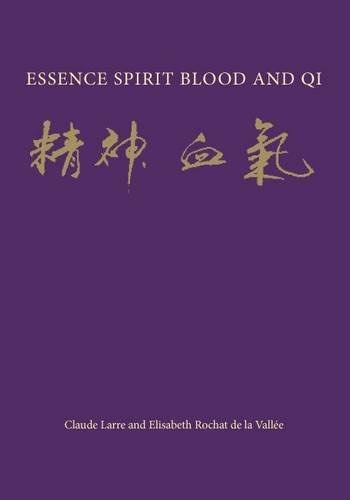
Essence Spirit Blood & Qi
Essence, spirit, blood and qi are the fundamental and indispensable elements comprising life in a human being. Their individual qualities and interactions with one another determine the pattern for all movements of life, reflecting those of the cosmos. This book explores these ideas, considers each of the substances and presents observations and insights which are rooted in scholarship and philosophical reflection.
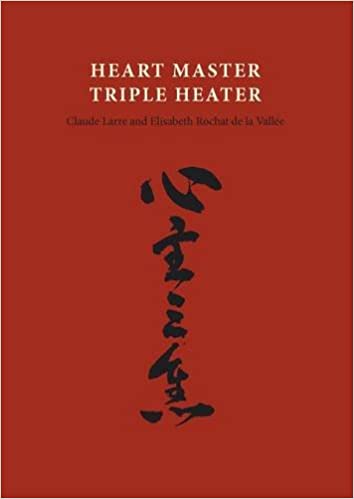
Heart Master Triple Heater (Chinese Medicine from the Classics)
The first part of this book is a discussion of the heart master. It makes clear, classical distinctions between aspects of the heart which have been variously translated as heart governor, heart protector, heart constrictor and pericardium. Xin zhu is discussed as the heart as master, contrasted with the heart as void. Xin bao luo is presented as the enveloping and connecting aspect of the heart, and tan zhong as the central temple within the chest. Tan zhong is discussed as both sea of qi and gathering place of ancestral qi, as well as the place of transmission for elation and joy. The classical connections between the hand xin zhu (heart master) meridian and the hand shao yin (heart) meridian are also clarified. The second part of the book shows the developing concept of the triple heater from the Neijing, through the Nanjing, and on into later commentators. It is considered both as a separate fu and as the unifying totality of the zangfu. Its fire-water polarity is discussed in depth: as water through its links with the kidneys and bladder, and as a fire minister with the Gate of Destiny, ming men and xin bao luo. The upper, middle and lower heaters are examined, with particular reference to Lingshu chapter 18, which presents them as responsible for respiration, digestion and elimination respectively. Their connections with ancestral (zong), nutritive (ying) and defensive (wei) qi are also presented. An index is given for all Chinese characters and main concepts.
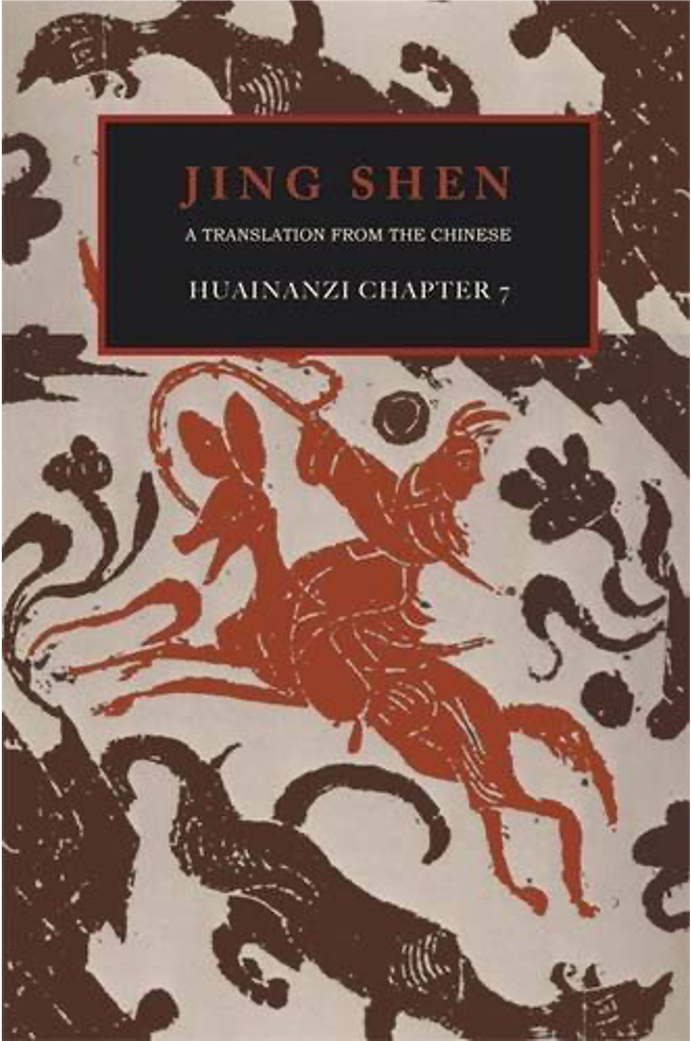
Jing Shen: A Translation of Huainanzi Chapter 7
Jing Shen is the title of the seventh chapter of the Huainanzi, a major Daoist text of the early Chinese Han dynasty. Until recently it has remained relatively unrecognized and only partially translated. Long dismissed as merely a reiteration of earlier writings, its importance as a work in its own right and its role in Chinese intellectual history is only now beginning to be appreciated. Chapter 7, Jing Shen - vital or embodied spirit – examines the origins of life and the integral place of human beings within the cosmos. As a contemporary text to the Huangdi Neijing (Yellow Emperor’s Inner Classic), it is of interest to practitioners of Chinese medicine as well as the more general reader. This is a group translation, made under the aegis of Claude Larre and Elisabeth Rochat de la Vallée.
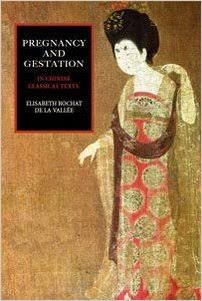
Pregnancy and Gestation in Chinese Classics Texts
This new book by Elisabeth Rochat de la Vallée presents the various transformations which occur within the mother and developing baby during pregnancy. Beginning with Suwen chapter 1, which describes the unfolding of female fertility, Elisabeth then looks at descriptions of the pulses during pregnancy.
A month-by-month description of pregnancy is given drawing specifically on the Zhubing Yuanhou Lun, the Mawangdui Manuscript and Sun Simiao. Two later texts, the Qipolun and the Luxingjing, are particularly interesting because they present alternative and more unusual images of the developing fetus, and speak of the presence of the spirits (hun, po and shen) in the fetus.
These ancient teachings are still valuable today for our understanding of the transformations of blood and qi which take place during the ten months of a pregnancy. The material will be of great help to those working with pregant woman or simply interested in the process of pregnancy. Together with its companion volume, The Essential Woman, Elisabeth Rochat has given us two indispensable guides to the classical Chinese perception of women’s health and fertility.
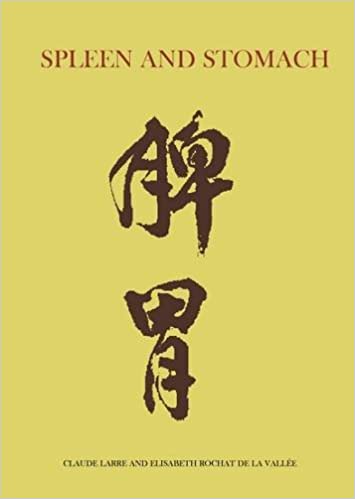
Spleen and Stomach
This book begins with the Chinese concept of the centre and the characters for the stomach and spleen. It discusses their functions as storehouses and granaries, explores their five phase resonances, and looks at earth as the source of all stability through change. The interdependent relationship between spleen and stomach is examined, along with the pre-eminence of the stomach amongst the fu. The book contains a detailed study of the spleen and stomach from the Neijing, covering the spleen's relationship with the kidneys, and the relationships with yang ming (bright yang), chong mai (the penetrating vessel), zong jin (ancestral muscle) and xu li (great luo of the stomach). A substantial appendix summarizes the functions of spleen and stomach, and selected quotations from the Neijing are given. The pathology is presented in brief with principle causes of disease.

The Double Aspect of the Heart
Within Chinese medicine the heart is presented as having a double aspect - two functions, two energetic qualities, two meridians. Elisabeth Rochat de la Vallée explores this double aspect of the heart - the heart/mind that regulates emotions and acts as the dwelling place of the spirits, and the heart as governor of blood and the circulatory system - the system which connects and protects.
Beginning with a study of the fire element - in both its ‘sovereign’ and ‘ministerial’ aspects, Elisabeth then looks at the relationships between the heart and the blood, the connections with the upper orifices and organs of perception, the emotions, and finally explores the meridian pathways of both heart and pericardium, including a discussion of the main acupuncture points.
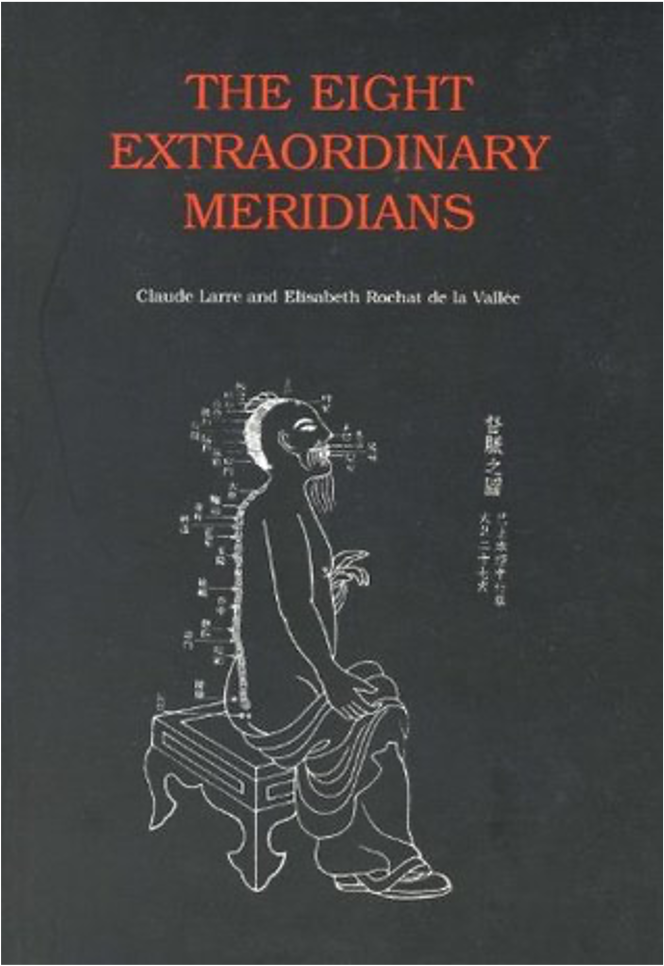
The Eight Extraordinary Meridians
This book presents a detailed examination of the eight extraordinary meridians from the texts of the Neijing, the Nanjing and their commentaries. The first section provides an overview of the eight as revealing the basic interaction of yin and yang within the body, providing the foundation for the movement of qi and the underlying framework for the main meridian system. There follows an in-depth description of the du mai, the governor vessel, with a study of the point names as a key to its functions. With the subsequent presentation of the ren mai, chong mai and dai mai we build up a simple structural picture of the body which is further elaborated in the presentations of the qiao and wei mai. Each Chinese meridian name is discussed, looking at the etymology and nuances of meaning, to give fresh insight into the function of these eight extraordinary meridians. Classical descriptions of points and pathways are explored in depth. An index of Chinese characters and main concepts is included. Excerpt from The Eight Extraordinary Meridians: Elisabeth Rochat: 'These meridians are older, more ancient than the ordinary meridians, and when extraordinary circumstances exist outside, and the twelve main meridians can no longer ensure the maintenance of the twelve areas of the body, there is a return to a more ancient and deeper regulation of life. Here we have one of the meanings of these extraordinary meridians and of their role: it is to preserve the norm, but at a deeper level. 'Suwen' chapter 2 gives us a presentation of the four seasons. 'The first part of this chapter is the presentation of spring, summer, autumn and winter, the proper qualities of each of these seasons and the appropriate conduct to adopt and follow in order to respond to the season and be in good health. But in the second part we have an example of extraordinary, unforeseeable circumstances, very bad weather with hurricanes, tornadoes, very heavy rain, or drought - the kind of circumstances which endanger all living beings. In this case, the saint of the text is able to prepare within himself the regulation of his animation, to correct the movement of all the circulation, and this is the reason why he has no extraordinary illness. This is the same word ‘extraordinary’ and in this context the meaning is that this extraordinary illness came about through very strange and unusual circumstances. 'An ordinary man who is unable to return to something deeper than the twelve meridians in the organisation of his life, is unable to cope with this circumstance and to resist the perversion of his surroundings. And we can see that this is one way in which the extraordinary meridians regulate in the depths because they are the last resort, or the deepest resort, like a kind of prototype of the whole organisation and the relationships that take place in the unfolding of the body. We can find the same opposition which is at the same time complementary between what is zheng, correct or ordinary or usual, and qi, extraordinary.'
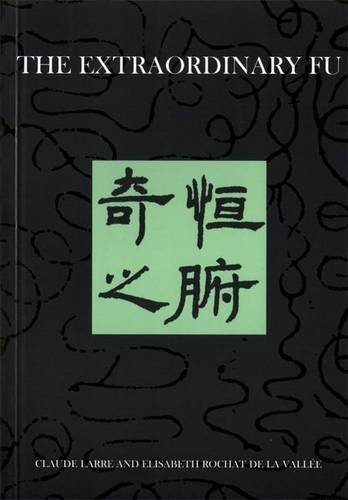
The Extraordinary Fu Brain, Marrow, Bones, Mai Gallbladder & Uterus
The six extraordinary fu, the brain, marrow, bones, mai, gallbladder and uterus, are a set of remarkable systems within the body which can act as ordinary fu but which also have the ability to store essences. The extraordinary fu represent a special link with the origin because these six organs or functions reflect the complex relationships which are established between the essences when a new life is engendered. They enable us to connect with a level in the body which is more fundamental and more primitive than that encompassed by the ordinary zang and fu. The extraordinary fu ensure the continuity of life as it moves with and through the essences which are stored within them. The vast knowledge of classical texts and medical philosophy possessed by the authors make this a rich and useful book for the student and practitioner eager to understand the energetic dynamics of the body in more depth. Each of the six systems is examined in detail, and an introductory section provides etymological insights to give the reader a thorough grounding in the concept of 'extraordinary'. This is an inspiring book, and one which addresses an area of Chinese medicine too rarely mentioned. The authors' insights and perceptions are always aimed at awakening our sensitivity to the profound mystery of an individual's vitality, and thereby bringing us closer to what is extraordinary, surprising and wonderful about life itself.
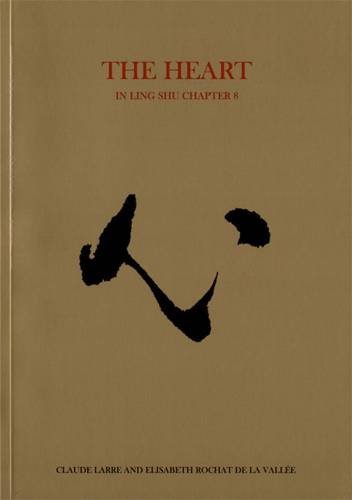
The Heart (Ling Shu, Chapter 8)
Within Chinese medicine the heart is presented as having a double aspect – two functions, two energetic qualities, two meridians. Elisabeth Rochat de la Vallée explores this double aspect of the heart – the heart/mind that regulates emotions and acts as the dwelling place of the spirits, and the heart as governor of blood and the circulatory system – the system which connects and protects.
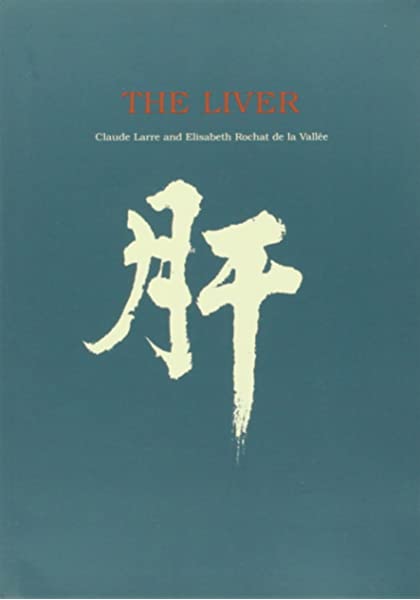
The Liver (Chinese Medicine from the Classics)
Now fully revised and re-edited, this book begins with the presentation of the liver and gallbladder in Suwen chapter 8 and continues by looking at the five phase resonances of wood and liver as set out in Suwen chapters 2, 4, 5, and 9.
The second part of the book looks at the physiology and functions of the liver, its relationships with qi and blood, with emotions, with digestion and assimilation, with the muscular forces (jin) and with jue yin. All of these explorations are well rooted in textual references and an examination of Chinese characters.
The causes of disease in the liver are then detailed in full, followed by a section on the liver’s functions and related symptomatology. There is a short section on the gallbladder alone, and finally a discussion of the syndromes of the liver and gallbladder.An appendix brings together key texts from the Neijing and a major commentary and gives a brief summary of principal causes of disease, symptoms and syndromes. An index contains all the Chinese characters found in the book along with the main concepts.

The Lung
The five phase resonances of metal and lung as set out in Suwen chapter 5 are examined in detail, showing the movement of condensation and concentration through the west, dryness, acrid and so on, right up to the diffusion of qi and fluids at the level of skin and body hair.
The description of the lung as minister and chancellor in Suwen chapter 8 is discussed, as are its relationships with the seven po and the jing. The lung's mastery of qi is discussed fully with particular reference to the sea of qi in the chest, and to ancestral (zong), nutritive (ying) and defensive (wei) qi. Its roles as a 'canopy', as a leader, and as a judge are also presented,
An appendix summarizes the lung's functions and pathology, and an index is given for all Chinese characters and main concepts.
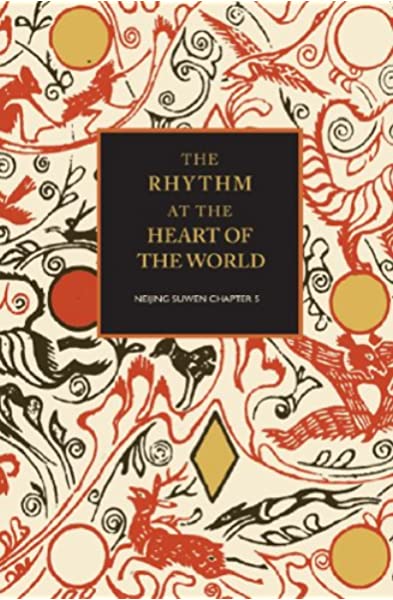
The Rhythm at the Heart of the World: Neijing Suwen Chapter 5
Chinese medical knowledge is based on an understanding of the processes of yin yang and the five elements. Chapter five of the Neijing Suwen, the first part of the Yellow Emperor’s Inner Classic, lays out these principles. The chapter begins with the laws of yin yang, progresses to the resonances of the five elements within the human body, and culminates with detailed descriptions of medical pathology.

The Secret Treatise of the Spiritual Orchid: Nei jing Su wen Chapter 8
This book is a perfect introduction to the zangfu and their charges as set out in Neijing Suwen chapter 8. Suwen chapter 8 is a text of simplicity and clarity, and of a deceptive brevity which hides a wealth of potent images and concepts. It depicts a Confucian-style court hierarchy in which the heart is emperor, the lung is prime minister and so on. Each official has his sphere of activity, his functions and his interactions.
The Secret Treatise starts with an analysis of the first seven chapters of the Neijing Suwen, and then continues with a line by line discussion of chapter 8. An appendix gives the Chinese text and a translation. There is also an index of all main concept and Chinese characters.
'In The Secret Treatise of the Spiritual Orchid you have perhaps the most refined example of [Larre and Rochat’s] teaching. - Peter Eckman, The Journal of Chinese Medicine
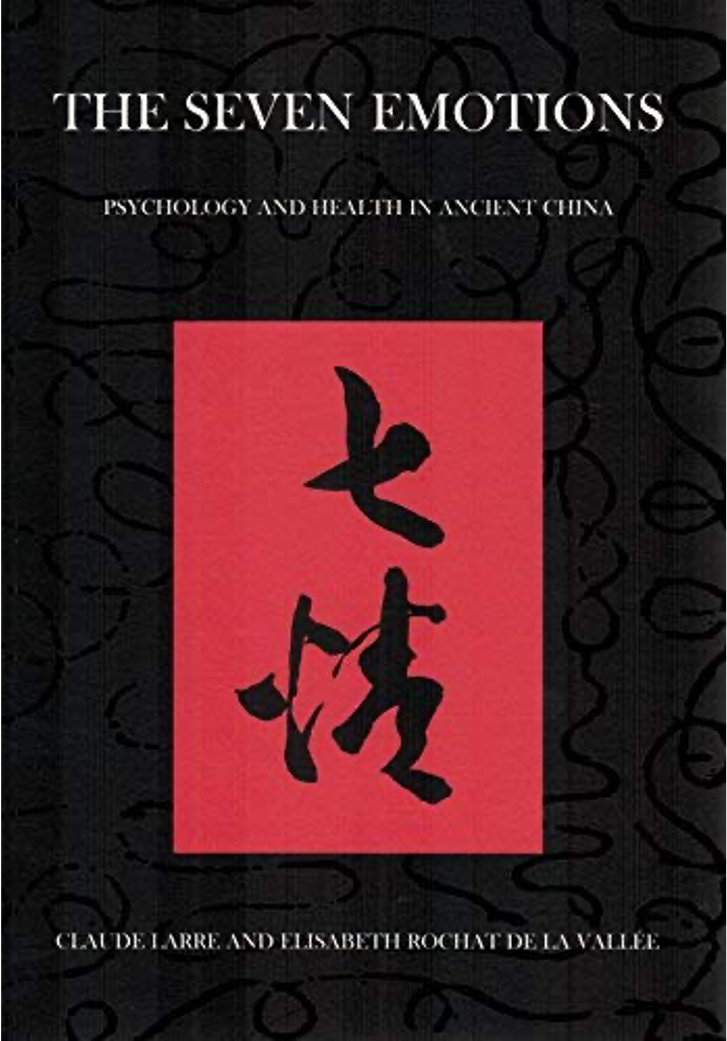
The Seven Emotions: Psychology and Health in Ancient China
This book presents a study of the energetics of the emotions. Looking at classical texts each of the seven emotions of Chinese medicine is discussed in detail. The etymology of the characters is examined, pathological and non-pathological manifestations of each emotion are described, and relationships with the various zangfu are explained. With this book the clarity of classical Chinese thinking about psychology and emotion is revealed. It shows how each sensation and display of feeling involves subtle movements of the zangfu, blood and qi, and has far reaching effects on our health and well-being. An appendix gives the Chinese text and a translation. There is also an index of all main concepts.
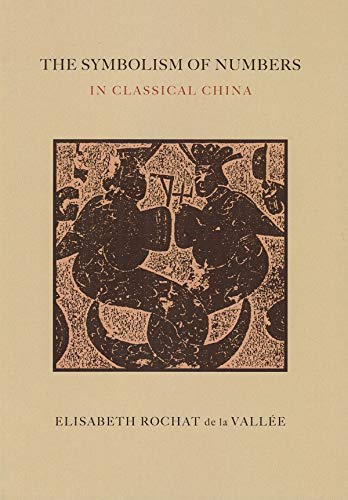
The Symbolism of Numbers in Classical China
This introduction to numbers is an excellent handbook, guiding us through the rich complexity of Chinese numerology. Numbers are used to signify the processes of life and the order of the world. They reveal a sequential unfolding, while maintaining a connection to the One, the Unity, which sustains and contains all. Elisabeth Rochat’s The Symbolism of Numbers clarifies and illuminates the frequent referral to numerology in the classical texts, and provides a framework within which to better understand the great foundational concepts of Chinese thought. An appreciation of the symbolism of numbers, which infers quality more than quantity, gives us a deeper insight into Chinese medicine, Daoism, the Book of Changes and other formative texts.
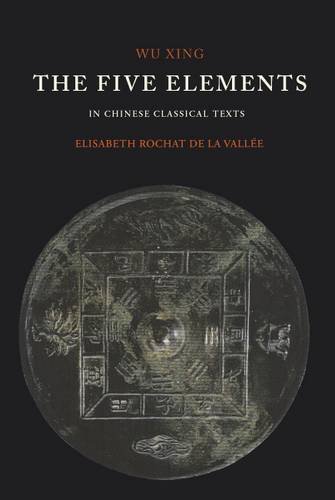
Wu Xing: The Five Elements in Chinese Classical Texts
Elisabeth Rochat de la Vallée continues her exploration of the key concepts of Chinese medicine and philosophy with a study of wuxing, the five elements, phases or movements. Guiding us through well chosen chapters of the Spring and Autumn Annals and its commentary, the Huainanzi, and the medical texts of the Neijing Suwen, Elisabeth explains the development of these ancient ideas which provide such an important basis for zangfu theory within Chinese medicine. This fascinating book traces the development of wuxing theory from its early beginnings – where we see the five elements in their literal sense, as the five materials necessary for survival on earth – to its incorporation into the sophisticated cosmological system of yinyang wuxing during the 2nd century BCE. The second part of the books explores the five elements as the basis of Chinese medical thinking.
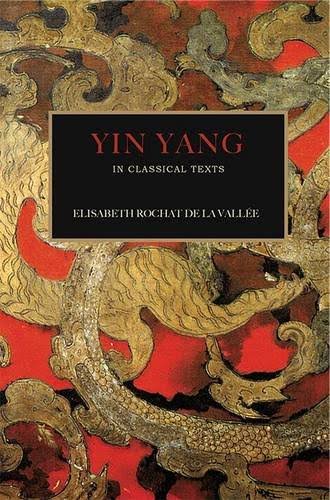
Yin Yang
Elisabeth Rochat de la Vallée continues her study of the Chinese classical texts with an exploration of the concept of yin yang. Guiding us through the early writings of the Spring and Autumn Annals, the Daoist classics of Laozi, Zhuangzi and Huainanzi, and the medical texts of the Yellow Emperor, the Neijing Suwen, she explains the development of these ancient ideas which provide the basis for Chinese philosophy and medicine. ‘There is no way to have yin without yan g or yang without yin. They are always a double facet of every living being and every phenomenon. And they are fertile, sustaining life only by their deep harmonious alliance.’
